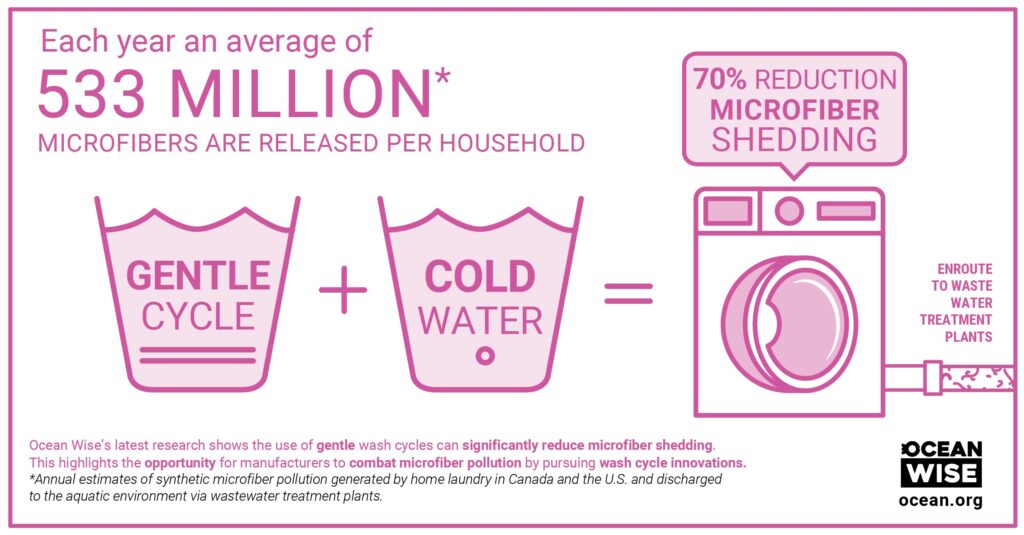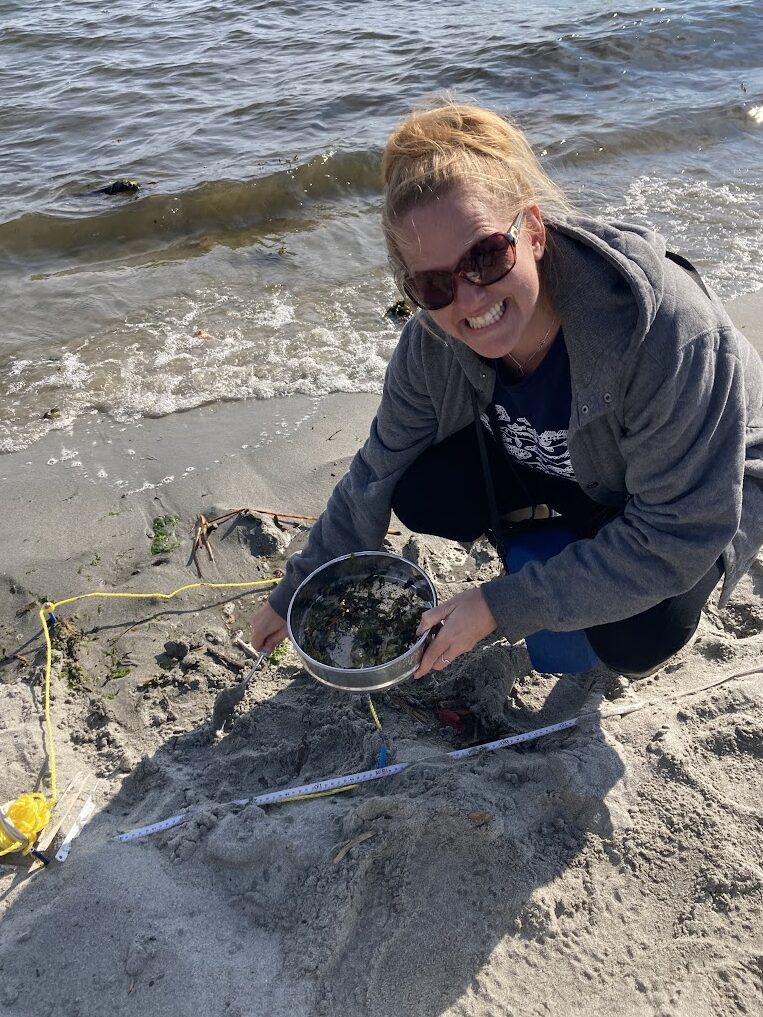The big ‘little’ problem: Microplastics
Have you ever tested ocean water quality? The ocean and freshwater bodies have very different baseline water quality values. For example, the pH of the ocean is around 8.1, whereas most freshwater bodies have a pH between 6 and 8. Monitoring our oceans is important because they are changing right in front of our eyes!
A water bottle left at the park, a balloon that got away, a granola bar wrapper escaped from a pocket: these plastics start off big enough to easily pick up, but over time (decades and centuries!) and exposure to the elements, particularly saltwater and the sun, break down these everyday objects into microscopic plastic particles. These micoplastics never truly biodegrade and are incredibly hard to remove from the environment. These tiny particles make their way into marine food chains at alarming speeds. As you can imagine, consuming plastic in any amount isn’t good. They can also leech harmful contaminants harmful contaminants into the ocean.

Keeping shorelines clean
Report liter on the Water Rangers platform
Using the Water Rangers platform, you can report an issue and indicate how much liter you find like this issue reported by the Mobile Baykeepers.
A known hotspot for microplastics is along our shorelines. Shorelines are an important habitat for all types of critters and are a unique transition zone between the land and water. If you want to help, you can pair your regular water testing with a shoreline cleanup! The non-profit organization, Ocean Wise, makes organizing cleanups easy and impactful while using citizen science data to help reduce plastic pollution at its source. Since the program launch in 1994, volunteers with the Ocean Wise Shoreline Cleanup program have recovered over 2.1 million kg of litter from Canadian Shorelines! Removing plastics, big and small, will help keep our shorelines and waterways clean.

Helping the ocean starts at home
Microplastics don’t only come from litter, they also come from our clothes! When we wash our clothes, very small fibers detach from the fabric. Ocean wise found that on average each year 533 million microfibers are released per household. These microfibers make their way into the wastewater system and eventually to a wastewater treatment plant (where available!). Although wastewater treatment plants can remove a lot of these microfibers, Ocean Wise found that municipal wastewater still releases as many as 3.5 quadrillion microfibers per year into the environment. That’s 3.5 thousand million millions of microfibers, or the weight of 10 blue whales!

How can you help? There are a few adjustments you can make in your laundry routine to make a huge difference! The first is simply washing your clothes less, this also lengthens the life of your clothes. When it’s time to wash your dirty clothes, stick to cold water and use the gentle cycle as much as possible. Finally, you can install a microfiber filter in your washing machine to stop many microfibers from getting to the machine’s output in the first place.
We’re making progress on reducing sources of microplastics!

Not only are people more conscious of their impact on the ocean, but the Canadian Government is also taking steps to reduce microplastic sources. In 2018, it banned microbeads. These tiny plastic beads were used in exfoliating toiletry products. Single-use plastics, like bags, takeout containers, cutlery, and straws, are also being phased out. The Government of Canada will ban the manufacturing and import of single-use plastics by December 2022. With actions being taken across the country, and in our own backyards, we can work together to reduce microplastics!
If you’re looking to take a deeper dive into monitoring microplastics along our shorelines check out Ocean Diagnostics’ Community Science Toolkit. Also check out Ocean Wise’s brand new study about microfiber shedding in washing machines, their report Me, My Clothes and the Ocean report for more information on microfibers and here for more information on plastic pollution.
